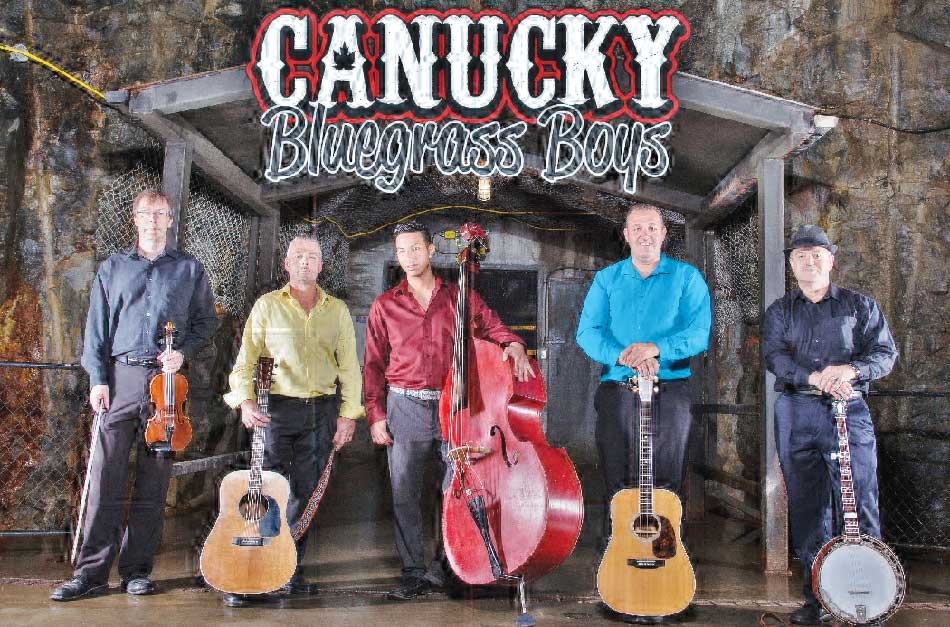Bluegrass and Your Event
7 Reasons to Hire a Bluegrass Band!
1. Many of the bands who are members of BMAC are award winning bluegrass bands. The Ontario based Central Canadian Bluegrass Awards (CCBMA) and the Nova Scotia based Eastern Canada Bluegrass Music Awards (ECBMA) are world class awards selection programs, where award nominees are selected by their industry peers, and voted on by bluegrass fans throughout the region. Winning bands proudly list those achievements on their web sites, so check them out!

2. Bluegrass music is lively and uplifting, as well as socially relevant. To get a glimpse of the power and breadth of Canadian bluegrass songwriting and performace, use our 'Radio Station' guide to lead you to great Camadian artists.. You will hear an assortment of original Canadian bluegrass music, ranging in style from blues to rock, country to urban jazz and more. Bluegrass artists in Canada are among the most talented and highly skilled performers you will find anywhere!
3. Bluegrass music has a strong tradition of gospel songs. Many bands performance sets include gospel selections, and many are equally able to play all-gospel shows when requested.
4. The music is played using acoustic instruments, which makes an appealing change from the typical electric bands which have become prevalent. The banjo is featured in many radio and television commercials because it attracts attention and captivates the audience.
5. Bluegrass music appeals to the widest spectrum of listeners in the country, from pre-teen to golden age retirees, as demonstrated by the popularity of the movies such as "Oh Brother, Where Are Thou?" and music groups such as Alison Kraus and Union Station.

6. Bluegrass bands have successfully made the transition to performing at dances and weddings, disproving the old supposition that 'you can't dance to bluegrass'. On the contrary, it seems our music is more accepted by the young set than many of the traditional dance music bands.
7. Some groups have changed the performance style from the 'many microphone model' back to a single microphone, as was the practice previous to the 1960's. The restoration of this old style of performance creates an interesting dynamic on stage, as the voices and instruments weave in and out of the "hot" zone. (Of course, the microphones being used are much improved from the 50's type of technology, so the sound you get is much better.)

